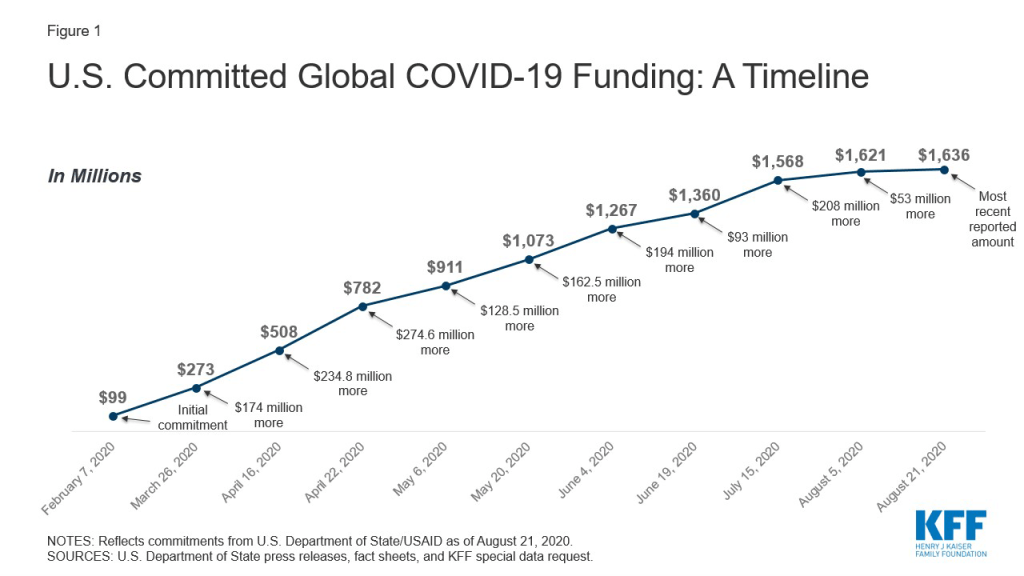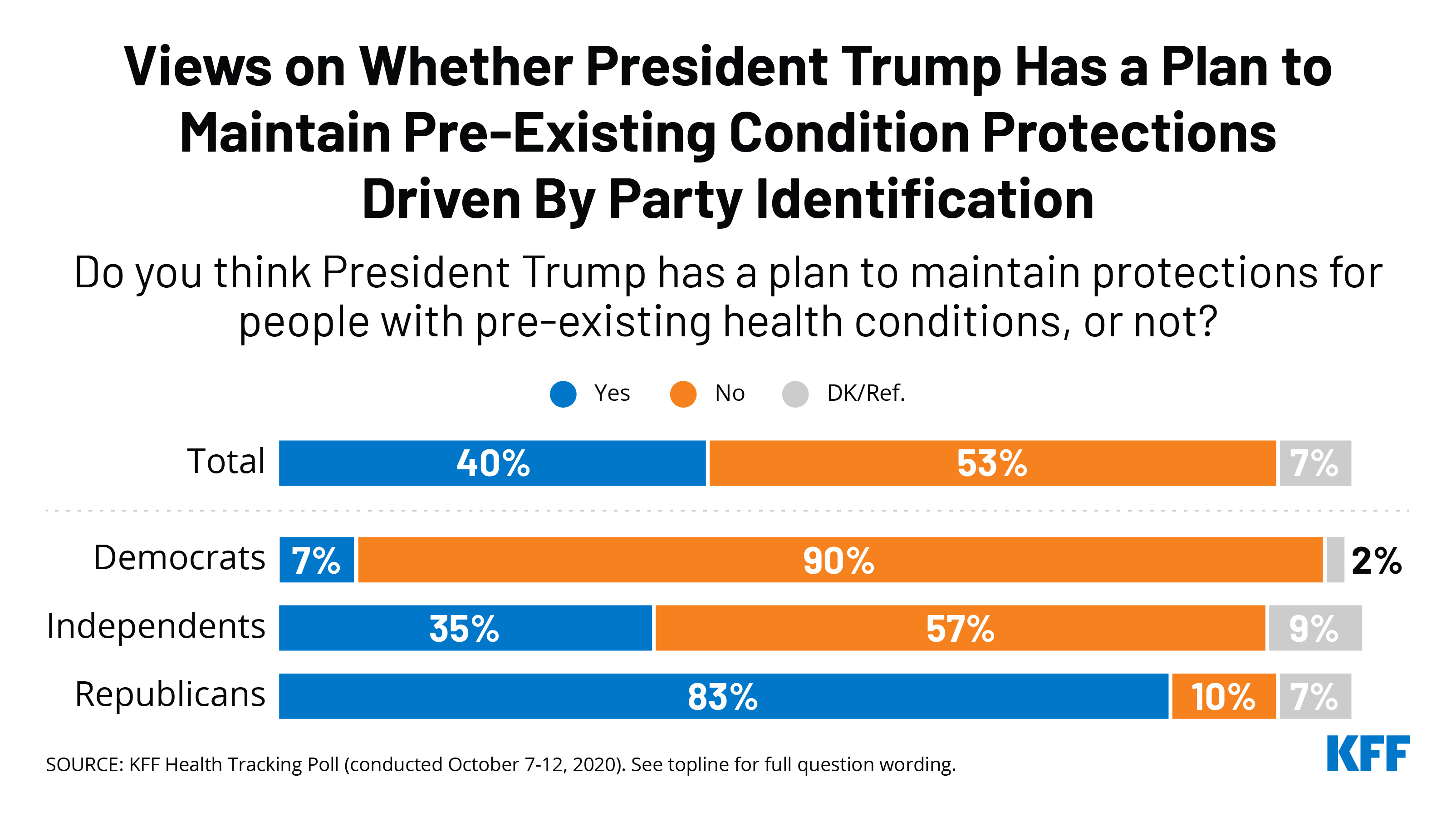On June 12th, the Trump Administration released a final regulation implementing Section 1557 of the Affordable Care Act, and revising an Obama era rule. In it, the administration removed explicit nondiscrimination protections based on gender identity and sexual orientation in health care. In light of a recent Supreme Court decision, and based on other legal grounds, five lawsuits are currently challenging the Trump Administration rule and blocking its implementation. If the explicit protections provided under the Obama era rule are lifted, it could be easier for health care providers to refuse to see individuals who are transgender or who do not conform to traditional sex norms. Explicit protections on the basis of sexual orientation and gender identity could have significant and lasting implications for LGBTQ people, including the estimated 1.4 million transgender adults living in the US.
This analysis seeks to better understand the experiences of transgender people in the US health care system. We examine the demographic characteristics of transgender adults ages 18 and over and their access to health care. We analyzed pooled, cross-sectional data from a subset of the 2017 and 2018 Behavioral Risk Factor Surveillance System (BRFSS). We consider adults to be transgender based on their response to survey questions and define all other adults to be cisgender.
Key Takeaway
Our analysis finds that transgender adults are more likely to be uninsured (19% vs. 12%) and report cost-related barriers to care (19% vs. 13%) than cisgender adults. Transgender adults are also more likely to be non-Hispanic Black and low income than cisgender adults (Figure 1).
Findings
DEMOGRAPHICS
- Age. A much larger share of transgender adults are under age 35 (44%) than cisgender adults (27%) with one in four (25%) transgender adults under age 25 (data not shown). At the other end of the age spectrum, 16% of transgender adults are 65 years old or older, compared to 22% of cisgender adults (Figure 2).
- Education. Transgender adults report fewer years of education compared to cisgender adults, holding age constant (analysis not shown). Nearly one quarter of all transgender adults (23%) have less than a high school education compared to 13% of their cisgender peers. A smaller share of transgender than cisgender adults graduated from college or technical school (15% vs. 27%, respectively).
- Race/Ethnicity. While a majority of transgender and cisgender adults are white, a larger share of transgender than cisgender adults are Black (16% vs. 12%, respectively).
- Annual Household Income. A larger share of transgender than cisgender adults live on lower incomes: 25% of transgender adults report an annual household income under $20,000 compared to 15% of cisgender adults, based on income reported for 2017-2018 (Figure 3). Transgender adults are more likely to report an annual income under $20,000 holding age constant (analysis not shown).
- Employment Status. Among adults still in the labor force, a higher share of cisgender adults report being employed compared to transgender adults (56% vs. 48%, respectively). Nearly one in ten (9%) of transgender adults report they were unemployed from 2017-2018, a share much higher than that of cisgender adults (5%).
HEALTH STATUS, INSURANCE COVERAGE, AND ACCESS TO CARE
- Health Status. Transgender adults are more likely than cisgender adults to report being in poor health (10% vs. 5%, respectively).
- Lifetime Depression. Transgender adults report lifetime depression at twice the rate of cisgender adults (38% vs. 19%, respectively) (Figure 4).
- Health Insurance Coverage. A larger share of transgender than cisgender adults (19% vs. 12%, respectively) report that they were uninsured over the 2017-2018 period.
- Cost-Related Barriers to Care. Nearly one in five (19%) transgender adults report experiencing barriers to care due to cost, more than the share reported by cisgender adults (13%).
- Personal Doctor. A similar share of transgender (22%) and cisgender (21%) adults report that they do not have a personal doctor or health care provider.
- Time Since Last Checkup. A similar share of transgender and cisgender adults report having gone more than one year since their last checkup (25% vs. 24%, respectively).
Discussion
Our analysis finds that transgender people differ from cisgender adults in a number of ways that could impact their health care, as a backdrop for understanding the potential implications of lifting anti-discrimination protections. Transgender adults are younger, less educated, have lower incomes, are in poorer health, with higher rates of lifetime depression, and are less likely to be white, employed and have health insurance. Transgender adults are also more likely than cisgender adults to experience barriers to care due to cost. In other ways, barriers to care faced by transgender people are similar to those faced by cisgender people.
Past research shows that younger adults report lower incomes, and that people of color are also more likely to be uninsured, which may explain some of the differences in demographic characteristics and insurance coverage. However, it has also been suggested that demographic differences alone do not completely explain why transgender adults experience more difficulty in accessing care in certain circumstances than their cisgender peers do.
Our analysis suggests that transgender adults experience barriers to care even with the Section 1557 health care protections based on gender identity in place. Removing these protections may exacerbate already-existing access problems, which may lead to increased barriers to care among these adults, at a time when access to health care is critical.
This work was supported in part by the Elton John AIDS Foundation. We value our funders. KFF maintains full editorial control over all of its policy analysis, polling, and journalism activities.
Methods
This brief analyzes pooled, cross-sectional data from the 2017 and 2018 Behavioral Risk Factor Surveillance System (BRFSS). BRFSS is an ongoing, state-based, random-digit-dialed telephone survey of non-institutionalized civilian adults living in the community. The BRFSS core questionnaire does not include questions about sexual orientation or gender identity; however, both the 2017 and 2018 BRFSS offer an optional, unified module on sexual orientation and gender identity. In each survey wave, select states opted to add the sexual orientation and gender identity module to the survey (2017: 27 states and Guam; 2018: 28 states and Guam).
In the subset of states which administered the optional module, adults were asked if they considered themselves to be transgender. We defined adults as transgender if they considered themselves to be: 1) transgender female; 2) transgender male; or 3) transgender, gender non-conforming. Of adults who identify as transgender adults in this analysis, 23% (n=433) identified as gender non-conforming. We considered adults who did not identify as transgender to be cisgender. Our study population includes 1,872 transgender adults and 430,817 cisgender adults in the subset of states which opted to administer the module in 2017 and 2018. Our analysis excluded adults who responded that they did not know or were not sure (n=1,684) or adults who refused to answer (n=3,184).
We examined differences in demographics and access to care through questions administered in the core BRFSS questionnaire. Our estimates of transgender and cisgender adults use the BRFSS survey weights to account for the complex sampling design, and our analysis excludes missing values. Missing is included as a valid category for education (.3%), race/ethnicity (1.6%), employment status (.9%) and income (15.4%). We did not provide estimates of sex assigned at birth as several studies have shown that measurement of sex assigned at birth using BRFSS significantly misclassifies transgender adults. All reported differences in demographics and access to care between transgender and cisgender adults are statistically significant. Results from all statistical tests were reported with p< .05 considered statistically significant.

